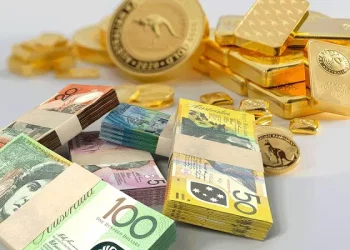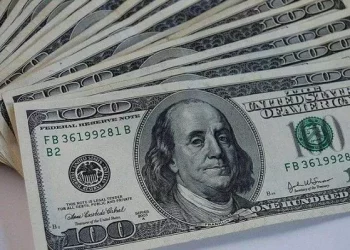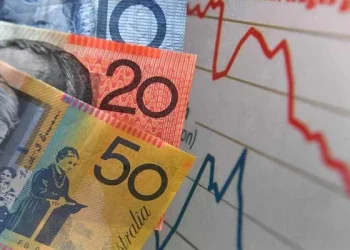On Monday (Oct 31), the sub-session, / low recovered to trade at 148.112, up 0.48%.
Speculation about the timing of the shift weakened the dollar, but it still rose against the yen after Governor Haruhiko Kuroda said Japan was far from time to raise interest rates and that the country’s 2% inflation target might not be reached for several years.
The dollar traded above 1% against the yen on Friday after the Bank of Japan bucked other major central banks by sticking to ultra-low levels, while the greenback strengthened after showing inflation remained hot.
The yen fell more than 1.0% after the BOJ decision, with the dollar closing up 0.84% at 147.47 yen on Friday.
Mr Kuroda rejected the view that the boj’s yield ceiling policy was responsible for the yen’s recent sharp fall, reinforcing the view that the central bank would not use a rate rise to support it.
“The BOJ remains the most accommodative central bank in the G7,” said Stephen Innes, managing partner at SPI Asset Management.
This leaves USDJPY largely hostage to broad-based, which in turn mirrors movements in US fixed income markets.”
Usd traded slightly above Monday’s fresh 32-year high of 149.08 to 149.38(NY) in JPY crosses, but the recent loss of upward momentum could limit prices below 149.50 and generate a much-needed correction, with a move below 148.89(NY low) to 148.42/45.

























